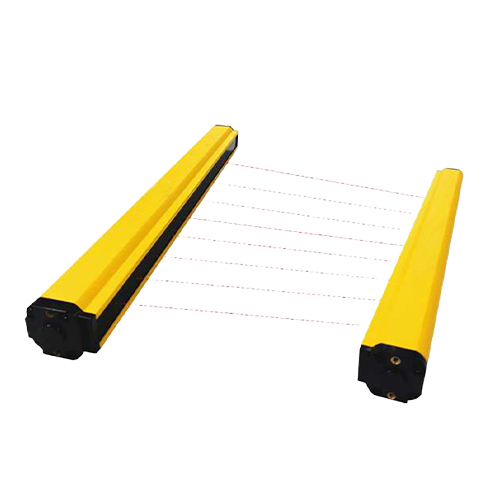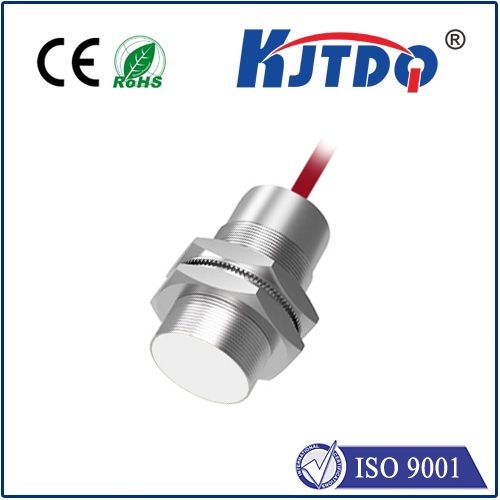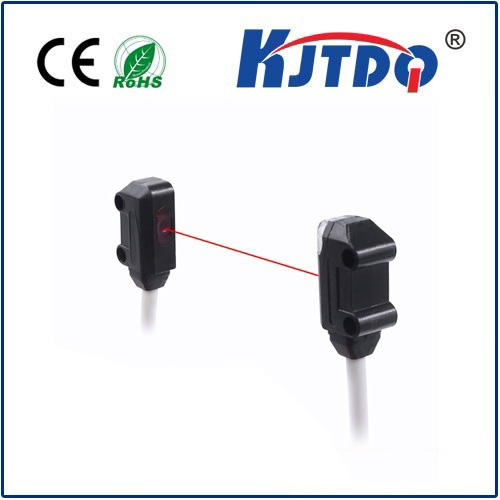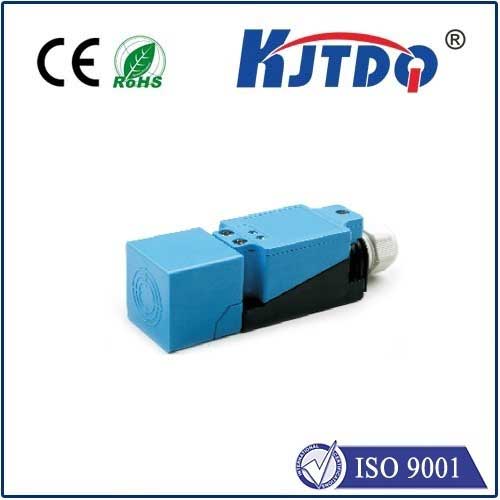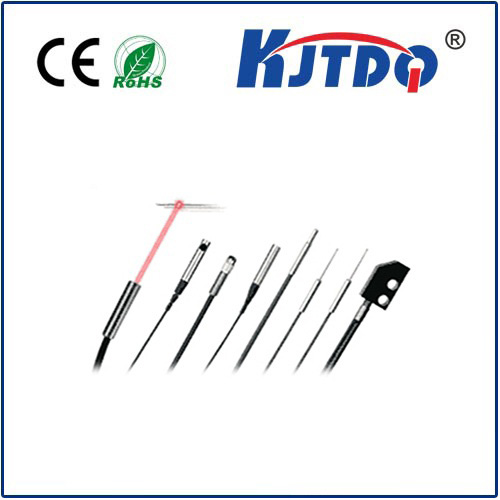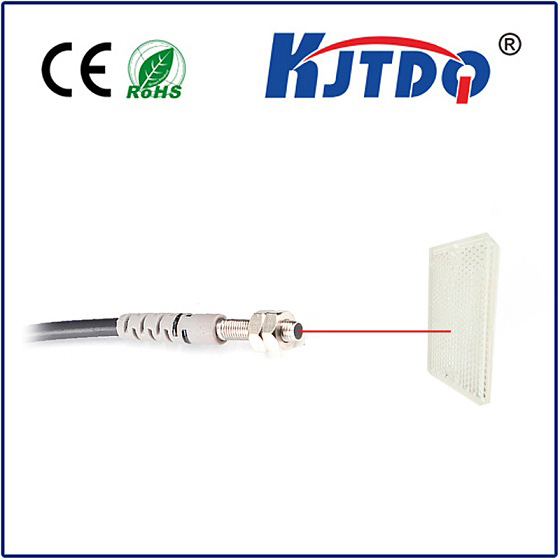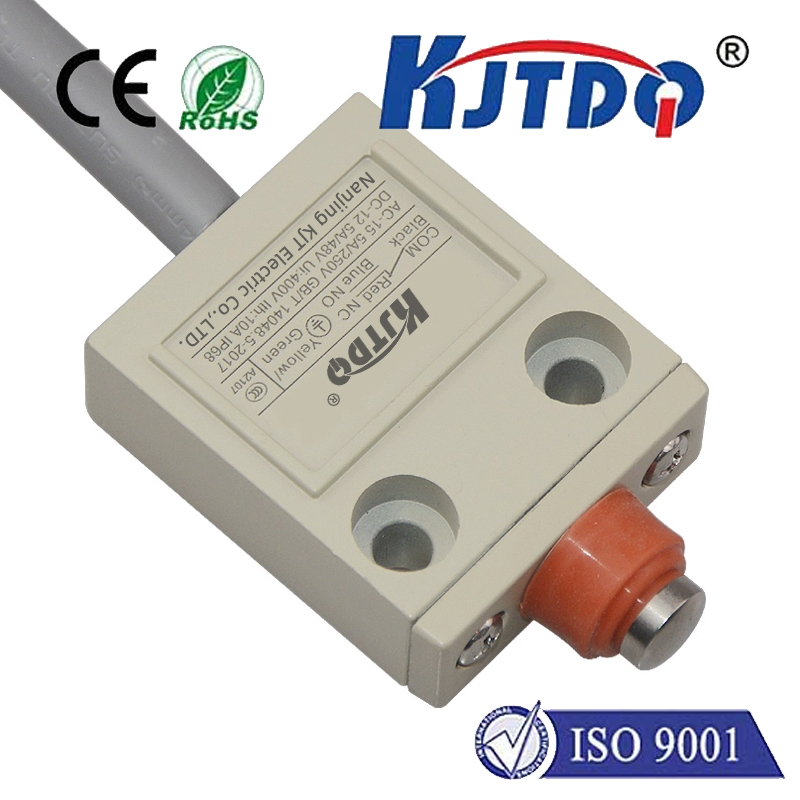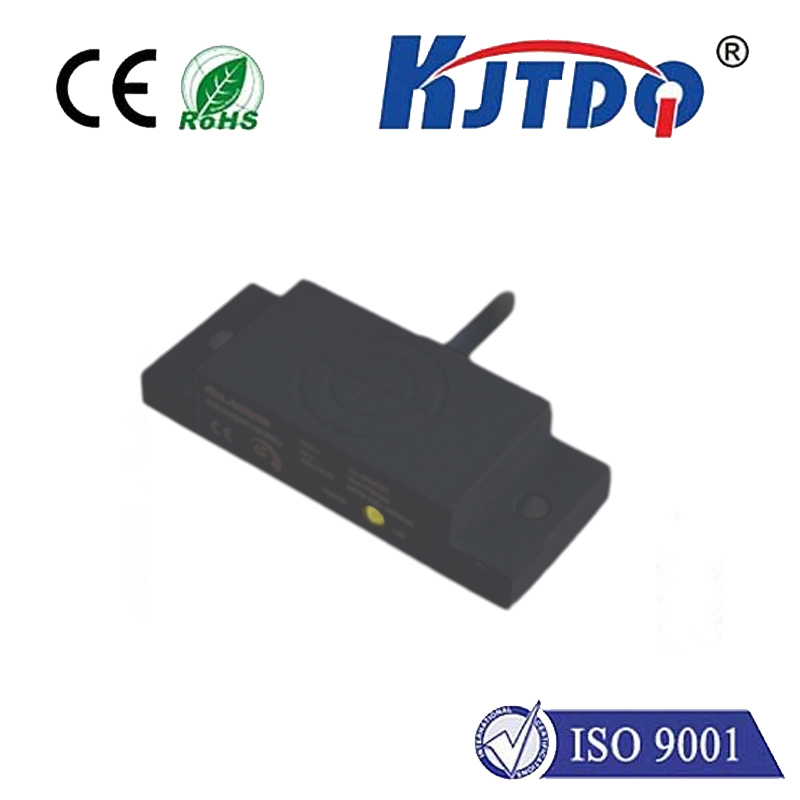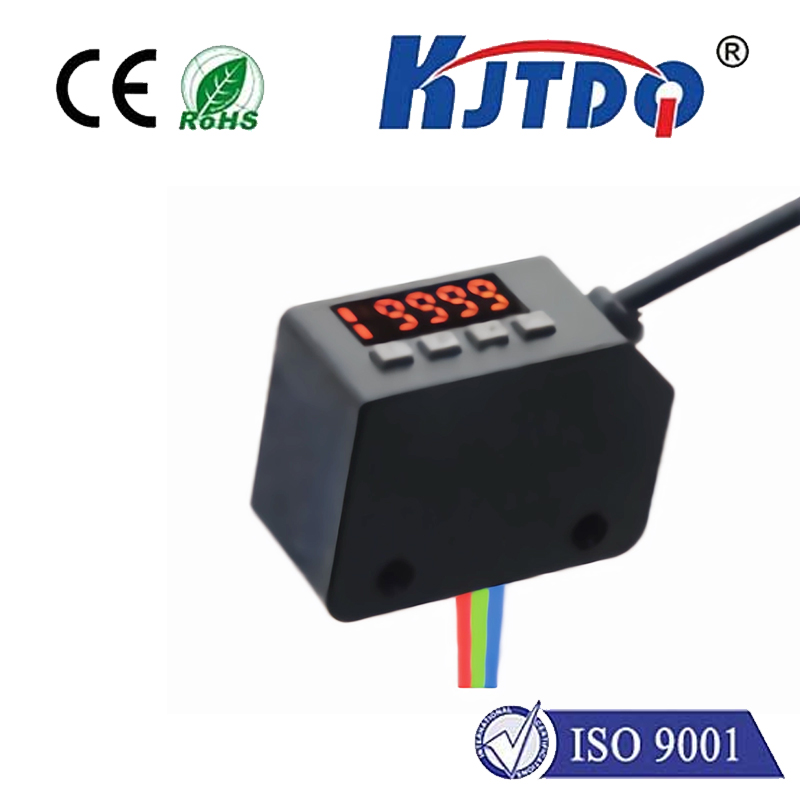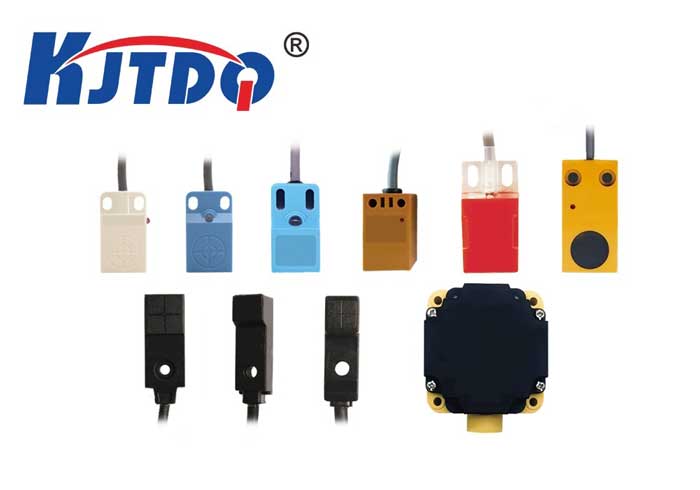

check

check

check

check
Imagine this: a critical assembly line grinds to a sudden halt. Panic sets in as technicians scramble. The culprit? A faulty sensor failed to detect the precise position of a robotic arm, causing a costly misalignment and shutdown. In the high-stakes world of industrial automation, such failures are more than just inconvenient; they’re incredibly expensive. This is where precision-engineered components like the BES02Z3 Proximity Sensor step in, acting as the silent, vigilant guardians of seamless operation.
The BES02Z3 represents a specific class of industrial sensors designed for non-contact detection. Unlike mechanical switches that require physical touch, proximity sensors like the BES02Z3 detect the presence or absence of a target object without making direct contact. This fundamental principle offers significant advantages, including reduced wear and tear, vastly extended operational lifespans, and the ability to function in harsh or contaminated environments where physical contact is undesirable or impossible.
So, what exactly is the BES02Z3? This designation typically refers to a robust, cylindrical inductive proximity sensor. Inductive sensors work on the principle of electromagnetic induction. Inside the sensor’s head (the sensing face), a coil generates a high-frequency oscillating electromagnetic field. When a metallic target object (like steel, iron, aluminum, brass, or copper) enters this field, it induces tiny eddy currents on the target’s surface. These eddy currents draw energy from the sensor’s oscillator, causing its amplitude to decrease. The sensor’s internal circuitry detects this change in oscillation and triggers its output switch.

The BES02Z3 is engineered for demanding industrial applications. Key characteristics often associated with sensors in this performance bracket include:
Where does the BES02Z3 Proximity Sensor excel? Its strengths lie in numerous critical industrial functions:
Choosing the right sensor is paramount. When considering an inductive proximity sensor like the BES02Z3, engineers must evaluate:
The BES02Z3’s reliability and precision translate directly into tangible benefits for industrial operations: minimized unplanned downtime, increased production throughput, enhanced safety for personnel and equipment, and a significant reduction in maintenance costs. By providing accurate, non-contact detection without wear, it eliminates a common point of failure inherent in mechanical switches.
In a landscape increasingly driven by automation, the demand for dependable sensing technology is higher than ever. Components like the BES02Z3 Proximity Sensor form the bedrock of reliable system feedback. Its specific blend of robust construction, environmental resilience, consistent performance, and ease of integration makes it a highly practical and sought-after solution for ensuring machines operate precisely, efficiently, and safely. Finding the correct inductive proximity sensor for a specific task is crucial, and the BES02Z3 series offers a proven technology within this critical component category. Understanding its capabilities ensures optimal performance in the complex symphony of modern manufacturing and control systems.
